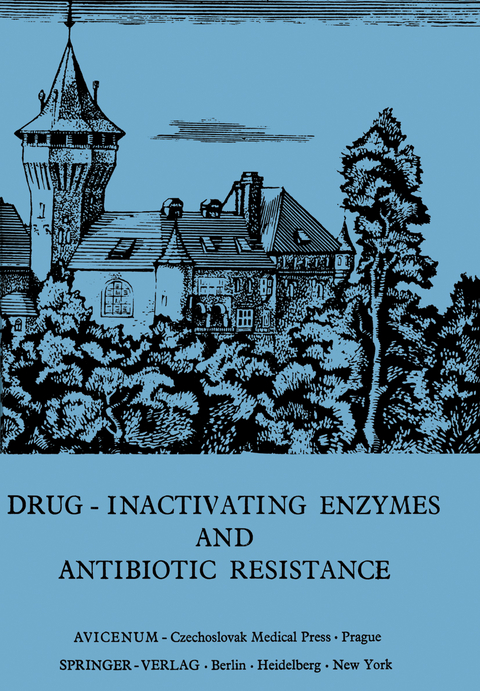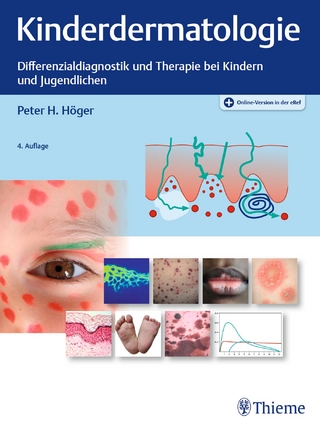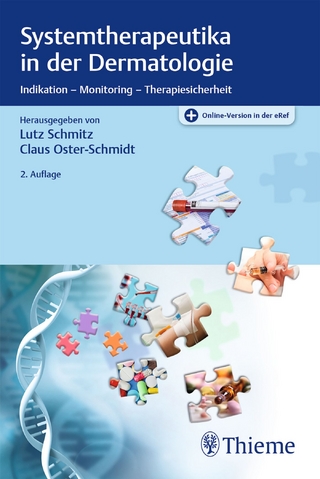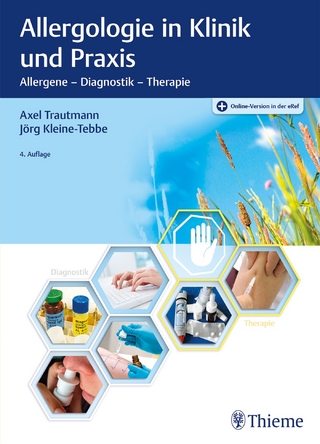
Drug-Inactivating Enzymes and Antibiotic Resistance
Springer Berlin (Verlag)
978-3-642-66064-1 (ISBN)
'Introductory Lectures.- Contribution of Bacterial Genetics to Chemotherapy.- Gene Exchange Between Unrelated Plasmids.- Nation-wide Survey of Antibiotic Resistance by means of a computer-Analysis of 200 000 strains isolated in 1973.- I. Beta-lactam Antibiotics and Beta-Lactamases.- TEM-like penicillinases in contemporary plasmids of Enterobacteriaceae and Pseudomonas. (Opening Lecture).- R factors and intrinsic resistance to penicillins. (Opening Lecture).- Mutation of R factors specifying hypersynthesis of beta-lactamase.- Identification of beta-lactamases of Ps. aeruginosa by computerised microacidimetry.- Oscillopolarographic detection of beta-lactamase activity.- Temperature-sensitive induction for cephalosporinase synthesis in Escherichia freundii.- Antibiotic resistance and betalactamases of E. coli between 1948 and 1968.- A clinical isolate of E. coli possessing two betalactamases and an unusual resistance to beta-lactam antibiotics.- Purification and properties of an unusual cephalosporinase specified by an R plasmid in E. coli.- Comparison of the antibacterial activity of beta-lactam antibiotics and their resistance to hydrolysis by beta-lactamases.- II. Aminoglycoside Antibiotics and Enzymes Involved in their Inactivation.- History and development of biochemical mechanisms of Resistance to Aminoglycoside Antibiotics and their active derivatives. (Opening Lecture).- Proposal for a Rational Nomenclature for Phenotype, Genotype and Aminoglycoside-Aminocyclitol Modifying Enzymes.- Some aspects of Antibiotic Resistance in Bacteria (Opening Lecture).- BB-K8 (Amikacin), a new semisynthetic Kanamycin derivative.- Microbiological Aspects of Aminoglycoside Resistance.- Comparative studies of antibacterial activity of various aminoglycoside antibiotics.- Resistance of Moraxella to Tobramycin, Kanamycin and BB-K8.- Mechanism of increased rate of appearance of highly streptomycin-resistant and chloramphenicol-resistant variants in E. coli R+.- R factor to aminoglycoside antibiotics.- Demonstration of a new type of an R plasmid in E. coli.- III. Resistance to Other Drugs.- Altered methylation of Ribosomal RNA in Erythromycin-resistant S. aureus. (Opening Lecture).- Some properties of phenotype in Tetracycline resistance. (Opening Lecture).- The relation of a Tetracycline-induced R factor membrane protein to tetracycline resistance.- Tetracycline resistance unassociated with a change of cell wall permeability in E. coli.- Uptake of Oxytetracycline and Minocycline by E. coli cells and their effect on Protein Synthesis.- Mode of Action of Curing Compounds.- Effects of some biologically active compounds on the antibiotics resistance in microorganisms.- Plasmid-mediated tetracycline and erythromycin resistance in group D streptococcus (abstract).- Erythromycin and resistance transfer factors in the intestinal tract.- Rifampicin sensitivity of clinical staphylococcal strains and development of resistance during rifampicin therapy.- IV. Antibiotic Resistance in Ps. aeruginosa.- Genetic Basis of Drug Resistance in Pseudomonas aeruginosa. (Opening Lecture).- R plasmids determining gentamicin or tobramycin resistance in Ps. aeruginosa.- Gentamicin resistance in Ps. aeruginosa: II. Non-transferable gentamicin resistance.- Broad host range drug resistance plasmid associated cell wall alterations and their relationship to phage sensitivity.- Epidemiological tracing of Ps. aeruginosa by pyocin typing.- Transmissible high-level resistance to gentamicin in Ps. aeruginosa.- Demonstration of R plasmids from Ps. aeruginosa isolated in Frankfurt.- V. Ecology, Epidemiology and Nosocomial Problems of Antibiotic Resistance.- Epidemiology of Drug Resistance in Hospitals (Opening Lecture).- Studies on the drug resistance of S. aureus and E. coli.- Formation of F'tet plasmids and fertility inhibition in F+ Proteus mirabilis strains.- Characterisation on the
| Erscheint lt. Verlag | 23.8.2014 |
|---|---|
| Zusatzinfo | XIII, 495 p. 35 illus. |
| Verlagsort | Berlin |
| Sprache | englisch |
| Maße | 155 x 235 mm |
| Gewicht | 767 g |
| Themenwelt | Medizin / Pharmazie ► Medizinische Fachgebiete ► Dermatologie |
| Medizin / Pharmazie ► Medizinische Fachgebiete ► Pharmakologie / Pharmakotherapie | |
| Medizin / Pharmazie ► Pharmazie ► PTA / PKA | |
| Schlagworte | antibiotic resistance • Antibiotikum • Enzym • Pseudomonas aeruginosa • Resistenz |
| ISBN-10 | 3-642-66064-9 / 3642660649 |
| ISBN-13 | 978-3-642-66064-1 / 9783642660641 |
| Zustand | Neuware |
| Informationen gemäß Produktsicherheitsverordnung (GPSR) | |
| Haben Sie eine Frage zum Produkt? |
aus dem Bereich


